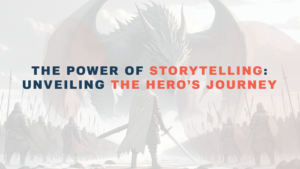3 Act Story Structure with Lisa Diaz
Last week we spent some time exploring “4 tips to great storytelling.” That article was based on a conversation I had with Lisa Diaz on the podcast. You can listen to the episode HERE or read the article I shared last week HERE. During our conversation Lisa also shared a 3 act story structure that she uses in her film making and I’ll be expanding on that topic of discussion in this article.
Why is Story Structure Important?
Before we get started though, I want to spend some time sharing why I think story structures are important, particularly in the ministry space. There’s no argument that story structures are important for big motion picture films, and using story structures in commercial advertising has been a hot topic over the last decade. Some of the biggest brands in the world are applying story structures at every level of communication with their audience. Some might even argue that “story” has become an overly used term in commercial marketing. We’re going to stay out of that argument today; although I do think there’s areas where it’s an overly used term, I believe the non-profit world can learn a lot from how story structures are being implemented in the commercial space.
Effective storytelling has yet to saturate the non-profit world as it has the commercial world. Stories told well can be incredibly powerful tools used for inspiring action and driving engagement with your ministry brand. From what we can see, non-profits are not using storytelling often enough, or well enough, and for organizations trying to make a name for themselves in a noisy world, there’s a ton of opportunity to stand out and make a name for your brand by telling great stories.
Telling stories with well-crafted story structures is important because it helps your story relate to your audience. The reason big motion picture films relate to us so well is because they follow structures that we as humans are familiar with and experience in our own day-to-day lives. Great stories have conflict and resolution, and these are themes that we are familiar with as humans because we experience conflict and resolution regularly throughout our lives.
In his book, The Hero with a Thousand Faces, Joseph Campbell argues there are story structures that we are familiar with and relate to that are engrained in our psyche as a species. We relate to and tell the same stories across cultures. So why is this important in the non-profit marketing space? Because, if we can tell stories that are structured in a way that relate well to our audience, the effectiveness of that story will result in greater impact for our organizations. Donors will relate to our brands better, they’ll emotionally engage with our ministries more deeply, they’ll advocate on behalf of our causes with greater passion by telling our stories on our behalf.
Stories have the power to inspire action, and if we can tell stories well then we’ll ultimately be able to increase the impact and effectiveness of our causes through greater prayerful and financial investment. Now that I’ve convinced you story’s and story structures are important, let’s discuss the story structure that Lisa Diaz uses when she tells stories for her non-profit clients.
3 Act Story Structure
Lisa uses a 3 act story structure when she develops her stories. In the first act of this structure we have the setup. In the setup we want to introduce and establish our character. In the ministry space, this should generally be your beneficiary as they will serve as the protagonist in your story. This is the character that your audience will identify with and relate to. Additionally, Lisa says we want to establish the conflict or need in this first act. There may be an obstacle in the way of what the character wants or a challenge that the character faces. It is important to be honest about the conflict. In last weeks article I shared how important it is to find balance between showing the need and communicating the hope. Tip 4 in that article addressed this issue in detail. When you communicate the need, obstacle or the problem your protagonist needs to overcome, it’s ok to be detailed. It gives contrast and weight to the story when your character overcomes those hurdles.
Between Act 1 and 2 we see a transition period where the character decides to do something about the obstacle or problem that they face and they move into Act 2 which Lisa calls, “The Journey.” Act 2 is comprised of hardships, events and struggles that push and lead the character closer to the resolution. Usually, the character in this act is learning things about themselves or the world they live in and the events they go through lead them to what Joseph Campbell calls “the supreme ordeal.” The supreme ordeal in Act 2 is the major crisis in the story, and it’s usually the hardest thing the character will have to endure. Lisa says that throughout Act 2 the audience should be asking, “How is the character going to survive? There should be an element of tension.”
As we move from Act 2 to Act 3 there is another transition period in the story and this is where the climax of the story takes place. In this 3 Act structure the character is transitioning from the middle of their story to the end or the resolution. Act 3 is where our protagonist overcomes the conflict we presented in Act 2. In our ministry stories, this is where we can communicate the hope and the positive outcomes that result from our ministry involvement. This is where you can show how your brand came alongside the character to guide and mentor them along in their journey. Your brands role as the guide or mentor in the story can be subtle or it can be blatant and obvious, but it’s important that you always remember that you and your brand are not the hero in your stories. We’ll discuss that last statement in future articles.
“You and your brand are not the hero in your stories.”
The key in this entire structure is to lead the audience on a journey. Introduce the character, show a conflict or obstacle they must overcome, show the character overcoming that obstacle and the resulting hope they experience. We want to lead the audience on a journey that shows the character’s ups and downs until they experience resolution to the conflict. If we can do this successfully we will connect our audience to the story emotionally because the audience knows and experienced what the character went through in their journey. Your audience will be emotionally engaged because they experienced the high stakes throughout the character’s journey.
3 Act Story Structure and The Hero’s Journey
The 3 Act story structure that Lisa is following is a simplified version of Joseph Campbell’s, The Hero’s Journey, which as I previously shared is outlined in his book “The Hero with a Thousand Faces.” I’ll be expanding on Joseph Campbell’s version of the story structure in future articles, and specifically how it can be applied to ministry and non-profit marketing, but for now I simply want to identify the structures and their roots. Christopher Vogler is a famous Hollywood screenwriter and author, and he is often given credit for the 3 Act story structure that Lisa uses in her films. The important take away from all of this is that there are structures to telling great story’s and if we follow these structures they can serve as guides and game plans for our marketing purposes ultimately bringing simplicity and direction to our marketing strategies.
In order to be effective marketers for our ministry’s, we must be telling the stories of how God is working through our organizations by using the elements of a good story and following the structure. Every successful company and brand, whether for profit or non-profit, tell their stories often and they tell them well. These structures we can follow will make the story telling process so much more efficient, effective, and emotionally engaging. Take the 3 Act story structure, or Campbell’s Hero’s Journey, and filter your ministry stories through these filters, and I’m confident your stories will emotionally engage in ways that are powerful for your ministry.
I’d love to hear your thoughts on these structures. Are these structures your ministry or non-profit are already using in your storytelling and marketing? Are these new concepts? What kind of stories are you telling in your marketing?







